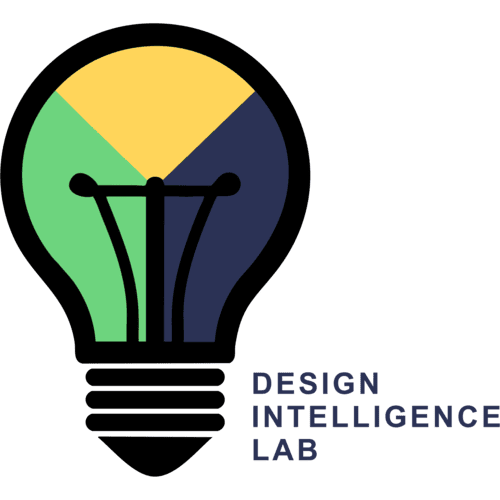Abstract
A team of biologists, engineers, and cognitive scientists has been working together for the past five years, teaching an upper level undergraduate course in biologically inspired design where half the class of forty students are biologists and other physical scientists and the other half are engineers (mechanical, materials, industrial, others). From this experience, we provide insights on how to teach students to evaluate biological systems for their potential in engineering design. We have found that at first, students are not familiar with developing their own question since, in most engineering design classes, the problem is prescribed along with clients who would like to have them solved. In our class, we challenge the students with defining a significant problem. The students with common challenges then are placed together in an interdisciplinary team with at least one biologist and one engineer. A detailed problem decomposition follows, identifying the hierarchy of systems and clearly specifying functions. This is essential for the next step of analogical reasoning. Analogical reasoning as applied to BID is a process of matching biological functions to engineered functions and transferring functions and mechanisms from biology to engineering. For each desired function, students may ask: what mechanisms does nature use for achieving the function? This question guides the exploration of the wealth of knowledge in biology by asking them to clearly define the function of interest, then search for natural processes that perform this function. To expand on this search space, the students next make a list of the same function performed by other organisms for a comparative analysis to deepen their understanding and extract key biological principles. Students then invert the function and identify keywords to search. They also must refer to general biology books to identify key organisms that perform the function the best (and hence are included in textbooks). Using databases, such as the Web of Science functions, they can try to select the ‘best’ articles. If one is lucky, a single biological system may serve as a near perfect match to lead to a successful BID. However, some of the most innovative designs are built from more than one biological system, something that evolution cannot always do. We call these compound analogies. At this point, the design iteration can take on a different approach, namely solution based rather than problem based. Here, the team takes a natural system and asks, how can this biological principle improve an engineered design or function. These twin processes: solution vs problem-based approaches both have led to innovative and creative design concepts in this interdisciplinary class.
Evaluating Biological Systems for Their Potential in Engineering Design
